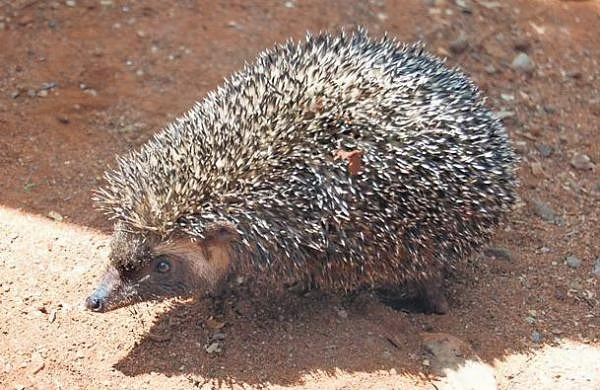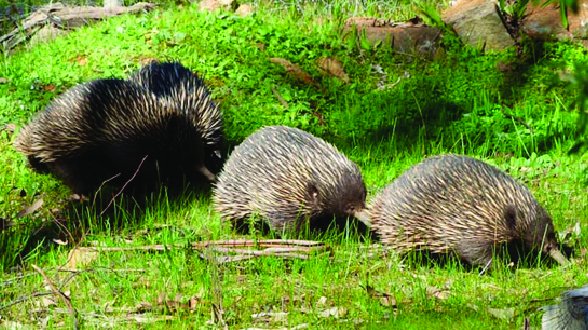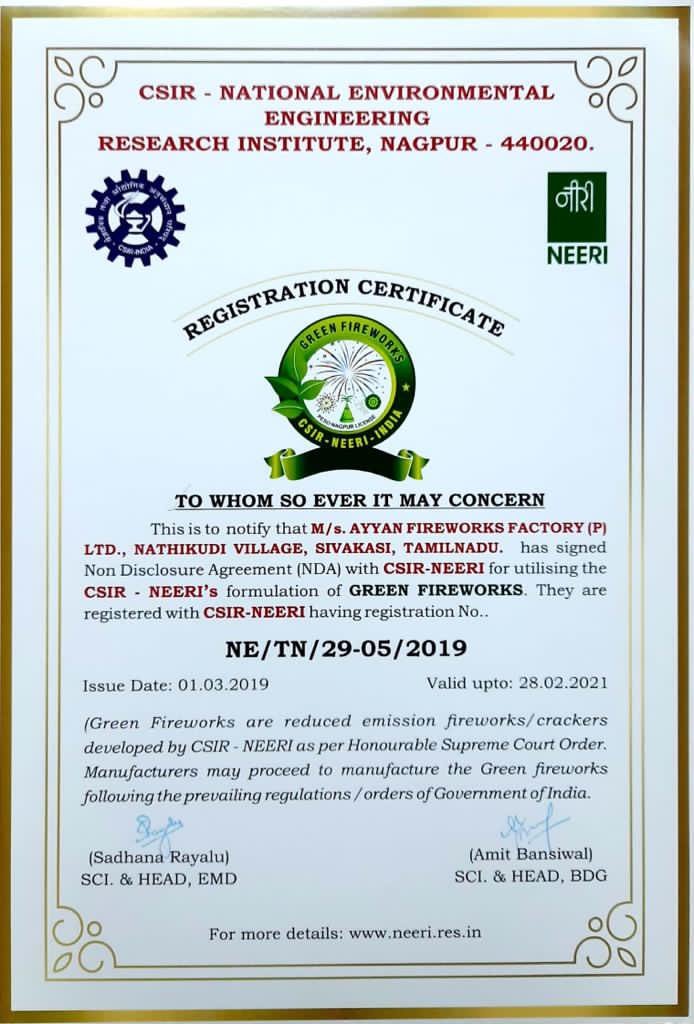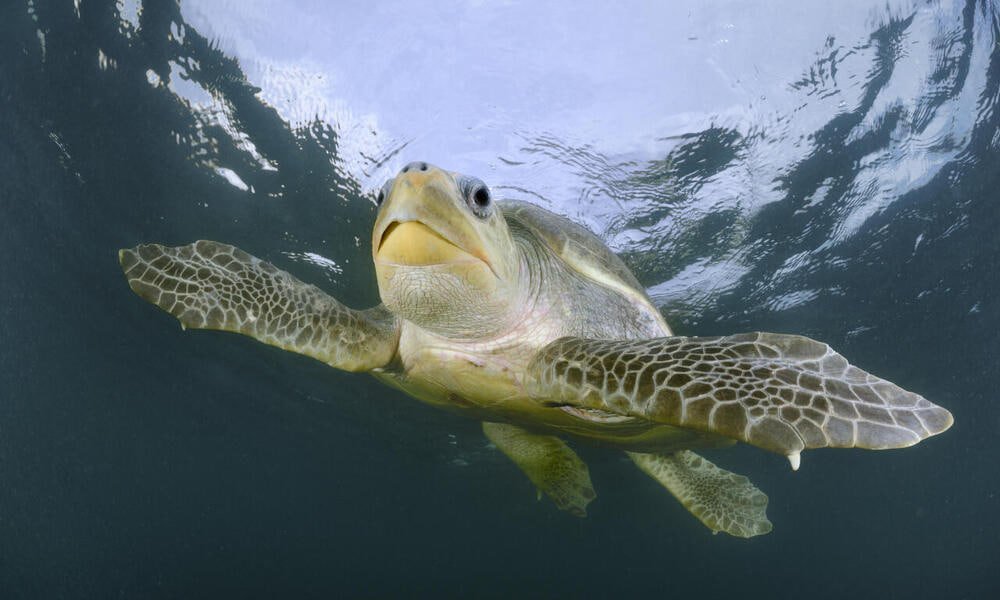A Twitter 🧵 on the list of national bodies and organizations (asked/appeared) in UPSC CSP PYQs.
#UPSCPrelims2023
#UPSCPrelims2023
You can get a copy of this PDF from our channel.
t.me/EnvirForUPSC/8…
Happy learning.
All the best. 🙂
t.me/EnvirForUPSC/8…
Happy learning.
All the best. 🙂
• • •
Missing some Tweet in this thread? You can try to
force a refresh



































